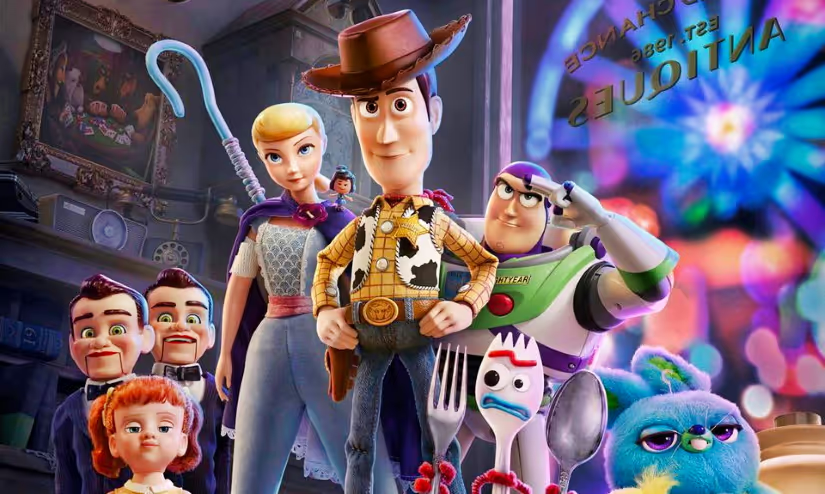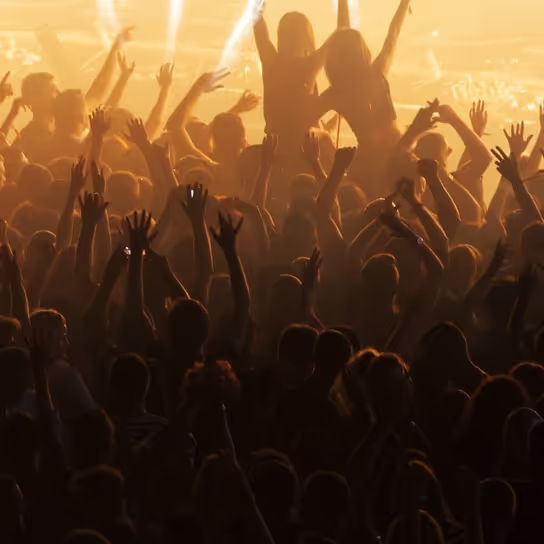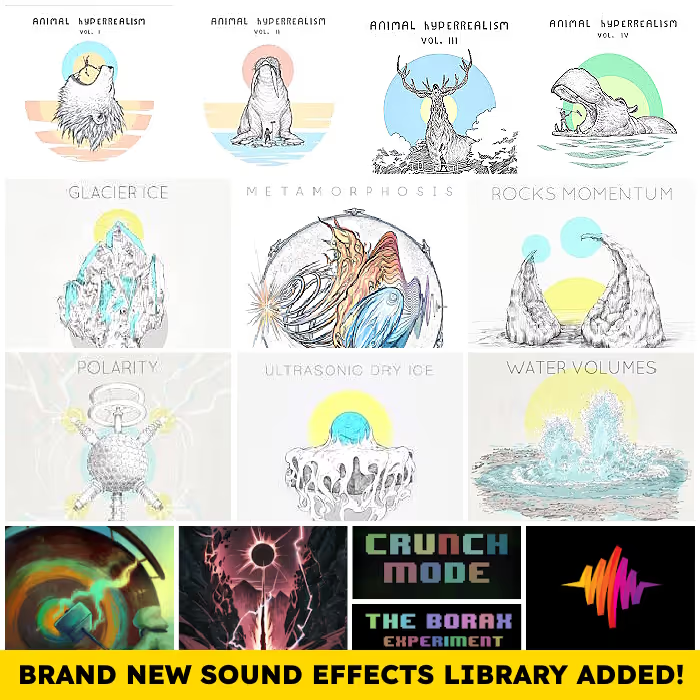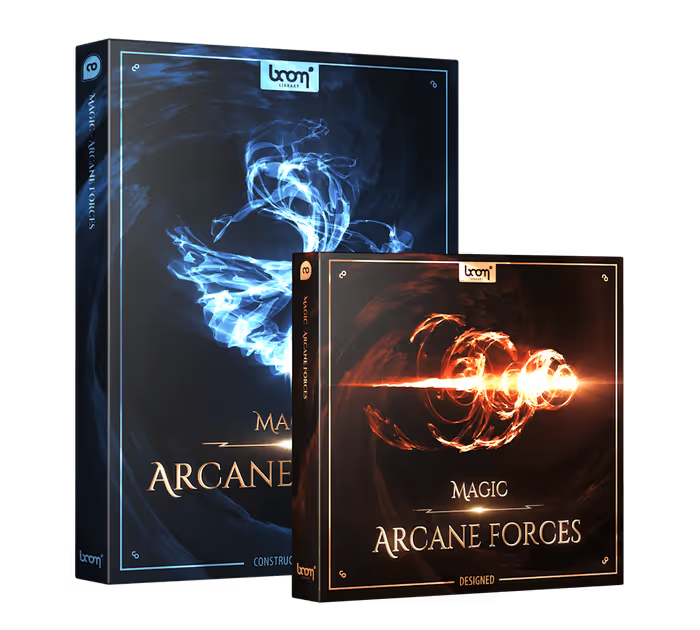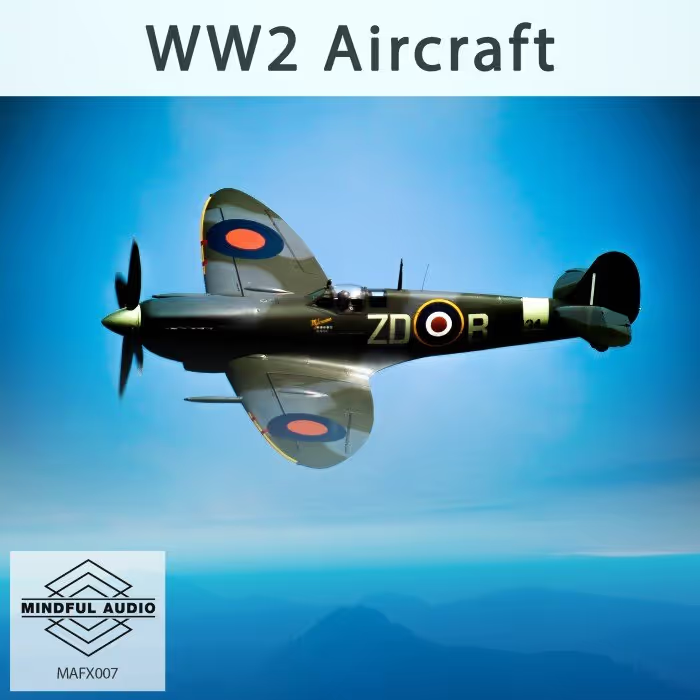Disney/Pixar’s Toy Story 4 — in theaters now — catches up with Andy’s beloved toys which are in the possession of Bonnie. Woody struggles to find his place in the new gang and seeks to make himself useful by looking out for Bonnie’s new “toy” named Forky. But it’s not easy as Forky believes he’s trash and not a toy. Woody helps Forky understand his place in Bonnie’s world while also discovering where he himself belongs.
At the helm of Toy Story 4 is Josh Cooley, making his feature-length directorial debut. He worked with Skywalker Sound’s supervising sound editors Coya Elliott and Ren Klyce, both new comers to the Toy Story franchise. Here, Elliott talks about bringing the new characters to life, refreshing the classic toys’ sounds, recording new material, and repurposing existing Disney film sounds for the hilarious end-credits scene with Ducky and Bunny and Duke Caboom.
Toy Story 4 sees a new director in Josh Cooley. This is also your first Toy Story film, too? What was it like diving into this beloved franchise? What did you want to bring to the table sonically?
Coya Elliott (CE): Yes, this was my first Toy Story film. We had a great team — Ren Klyce, our Foley team, our effects editors, our dialogue editor, Josh (Cooley) and producer Jonas Rivera. They gave us a lot of freedom to try new ideas. This was Josh’s first time directing a Toy Story film and they didn’t box us in. Of course, we wanted to keep all of the classic sounds of Buzz and Woody but they didn’t say that the sounds had to be exactly the same. They said, “This is new for us and this is new for you. Let’s start fresh but preserves the classic sounds.”
There are new characters in Toy Story 4 so we had the opportunity to bring those to life. Also, the animation looks so amazing. The detail in the look is amazing, so that was another opportunity to bring things to life.
Josh and Jonas wanted to convey this sense of scale — here are the toys and here are the humans. In this film, we get so close so many times to the toys moving and the humans being right there. So they wanted to sell the sense of scale. One of the areas we could really do that was in the antique shop. In this new animation you can see all the different layers and details in the antique shop, like the linoleum floor, the carpets, the rug and the wood floors. So that was a huge challenge for our Foley department: Shelley Roden (Foley artist), John Roesch (Foley artist) and Scott Curtis (mixer). They had to do different setups because Josh, Jonas, and Mark (Nielsen, producer) wanted to hear the characters walking across each different surface.
Also, the antique shop was this huge warehouse-type building and so there are different ambiences as you walk through different parts of the shop at different times of the day. That was one of the fun things that we got to do.
[tweet_box]Bringing Toy Story 4 to life with sound[/tweet_box]
All those subtle sounds (like the linoleum and the carpet) are what helped to bring this animated world to life. What was your approach to world building for Toy Story 4? What was too much; what was not enough sound? Where do you draw that line?
CE: A good way to talk about this is bringing those characters to life. Obviously, we have a great library and we also did a ton of recording. One of the great things about working with Pixar is that we have access to their art department. Production designer Bob Pauley was a great reference for all the surfaces and textures. We also had access to the 1950’s props they had, like the dolls and the dummies they used as props for creating the characters. We got to record the sounds of those, the twisting and movement of the body parts and the head parts.
We recorded a ton of the dummies’ sounds and other toys and then we had our Foley department do the walking of their feet and movement. One of our challenges was to layer all those sounds and then weed things out so it wasn’t too much. You’re bringing the character to life but you can’t have it be layer upon layer upon layer. You have to make sure you are hearing just the right amount.
Everyone on the team had a part in making sure that we ended up with a very clear track.
So we had our Foley editors Thom Brennan and James Spencer work on that and we had our effects editors Kim Patrick and Baihui Yang work on that. Then, during the premix, re-recording mixer Nathan Nance mixed the Foley and Michael Semanick mixed the effects. When possible, we would listen to each side in context. For example, there’s a scene in which the dummies are approaching Woody when Gabby Gabby is talking to him and he’s pointing the pencil at her. While Nathan was mixing, he listened to Michael’s effects mix. We brought Ren in and tried to decide what sounded the best. That’s a place where we didn’t want to go too far; we didn’t want to get too big and do too much. Everyone on the team had a part in making sure that we ended up with a very clear track.
This film has all the classic sounds for franchise favorites — Woody’s boots and Buzz’s spacesuit. There’s Slinky-dog’s metal rings, and Bo Peep’s porcelain (which we hear more of than in previous films). How did you update those, or expand on those for Toy Story 4?
CE: Buzz is a good example. We used his classic movement but we added new layers of plastic. We had Buzz dolls and different plastic toys that we recorded. Then, we had the Foley walkers do his movement. As with the Dummies, we were preserving his classic sounds and also weeding out sounds during the mix to make sure we were creating the right sound for each moment.
The Foley department did an amazing job with Bo Peep’s porcelain. Again, because the visuals are so stunning, you really do see her porcelain skin. The Foley walkers did a great job with that.
For Slinky Dog, we have his classic sounds but there’s that scene in Reel One in the rain. They’re using Slinky Dog to stretch Woody out to grab RC. Ren made some new Slinky Dog sounds for that. We used recordings from a musical instrument called an ApprehensionEngine. We stretched it and we actually broke it a little bit in getting very animated about recording it.
Behind the scenes featurette on Toy Story 4
We recorded other musical instruments too, like guitar strings and other stringed instruments. And we used all of that to come up with the Slinky Dog stretch.
We also used it in the antique store when Gabby is pulling Woody and he’s getting stretched across the room. Those were recordings we were able to multipurpose.
So, we combined those new recordings with the classic sounds of Woody, and Buzz, and Bo Peep.
Buzz has some new lines of dialogue for his prerecorded ‘inner voice’ (activated by pushing the button on his spacesuit). What goes into the processing chain of these lines?
CE: Cheryl Nardi was our dialogue editor. She cut all of the dialogue. For Buzz’s processing, we used Audio Ease’s Speakerphone and then on the desk, Nathan [Nance] had some different EQ’s he used. Sometimes he’d have to dial back the bit-crushing setting in Speakerphone to gain more clarity and intelligibility of the lines.
Any other new sounds you recorded for Toy Story 4?
CE: We recorded an RV. We had Ren’s cousin come out with his RV that looked exactly like the RV in the movie. We had our spotting list and we recorded the RV doing everything it does in the film. We recorded the windshield wipers, the turn signal, and the awning going in and out. That was a super fun day. We knew the driver so he was willing to do whatever we needed him to do, like all those jerky movements when the dad is driving and the RV is stopping and going crazy.
Jonathon Stevens was also one of our effects editors and we recorded his Subaru for the car in the beginning of the film.
We recorded tons of toys, for Duke Caboom and for Forky.
Forky was interesting. We recorded a lot of sounds, and Ren made sounds. Then when we went to cut them in, some of the stuff we thought was going to work didn’t really work. That was a good reminder that sometimes you have to cut and edit and then decide on the sound you need. Like, we needed more googly eye.
In terms of our collaboration with Josh, he helped us stay on track. He didn’t want too much googly eye. He only wanted to hear it when Forky was really expressive. He didn’t want to hear it all the time, every time we see it move.
Behind the scenes footage from the voice recordings for Toy Story 4
That’s another thing with animation; you want to keep the sound simple. You don’t want to overload or overcomplicate because then it becomes too much. It’s easier to tell the story with little bits of quiet and then have sound at the right time.
Another example of that is the walk-and-talk for Woody and Forky when they’re walking to the RV campsite. It’s so beautiful. You have perspective changes and movement changes. In the beginning, Forky is resisting and he’s being dragged along by Woody. You hear that dragging sound. Later, we see him in Woody’s arms and you hear Woody’s boots. It’s gentle. Then, you hear Forky’s eyes when he gets it. He says, “I get it. I know what Bonnie wants of me.”
I loved the scene in the antique store when Bo Peep takes Woody up all those different shelves to get to the film projector. That’s another example of how hard Foley worked and how hard our editors worked to get the right sound and the rhythm for that scene. You have all those different surfaces. And you hear the differences in the dialogue. Then you have that silence too, as they’re looking at each other, watching the lights go around the top of the antique store.
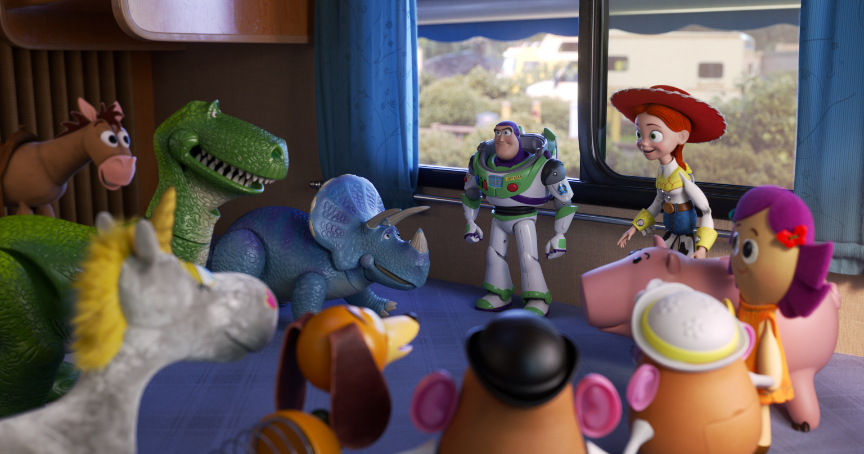
Did you have a favorite scene for sound design?
CE: I loved the antique store, the scene I just mentioned. I love the simplicity of it and the challenge of making that antique store feel so big and having all the different areas. That was one of the great ones.
I also loved the carnival scenes. We had a lot of carnival recordings and midway recordings, and I liked making all of the carnival rides. There’s a scene when Buzz is going through the carnival and you hear the whooshing of the Octopus ride and then Buzz is swinging on the Octopus and he’s in the air and you hear the wind. That was a challenge because you only see all of those carnival rides momentarily. But, there were sounds made for all of them.
What was your most challenging single sound?
(Gabby Gabby) was broken out-of-the-box and she’s viewed as a monster. But, you have to convey that she wanted to be loved as a toy.
CE: In talking with Ren about this, we feel that Gabby Gabby was a challenge, particularly her voice box. You have to convey her character — that she was broken out-of-the-box and she’s viewed as a monster. But, you have to convey that she wanted to be loved as a toy. There were a lot of attempts made to create the sound of her pull string and garbling her voice box. You had to be able to understand her and she had to be feminine. She couldn’t really sound like a monster because she wasn’t really a monster. That’s just how she was viewed because her voice box sounded so garbled. As Forky said, “You need to fix that!”
I loved the end-credit scene, when Ducky and Bunny blow up the carnival with their laser eyes. What went into creating the sound for that scene?
CE: That was a good sound effect call-out. There are some Star Wars sound effects, the laser cannons from Episode VIII that Ren and I worked on. There are the laser eyes from Jack Jack from Incredibles 2. Then, Ren used his Moog Modular analogue synth to create the sound. That was a fun sequence and when you break it down, it was actually very short.
That scene was really funny and then Duke Caboom asks, “Do you really have laser eyes?” and Ducky and Bunny are still doing the sound effects with their mouths.
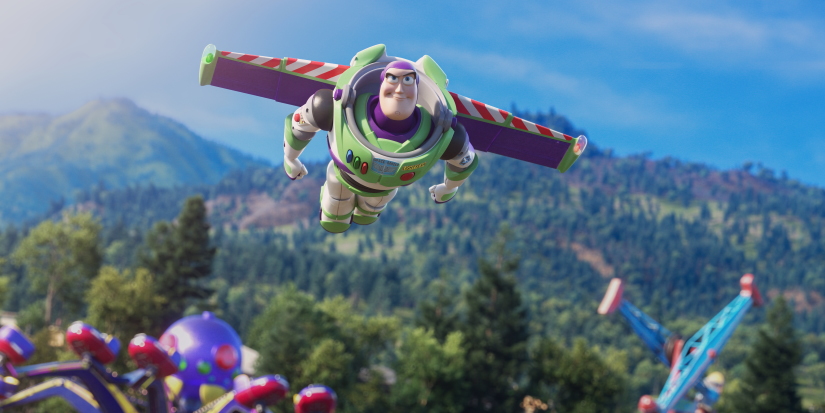
What is one surprising thing about your sound work on Toy Story 4?
What’s surprising is that you go out and record sounds, amass a collection of things you think will work and then when you cut it in you find that it’s still missing something.
CE: What’s surprising is that you go out and record sounds, amass a collection of things you think will work and then when you cut it in you find that it’s still missing something. Sometimes you’re developing the sound as you’re editing.
This film was a great experience. We had a great crew all the way around. Working with Pixar is great and so was working with Josh. We had great sound editors and great Foley team and great mixers. It was fun to have the freedom to add to the Toy Story universe. And, it’s still the recognizable Toy Story universe. It was surprising for me that it wasn’t as hard as I thought it would be to match the classic sound.
Any other thoughts you’d like to share on the sound of Toy Story 4?
CE: I’m all about the team and collaboration and working with all of the departments. I talked about the carnival a little bit, the rides and the characters. But another thing that came up was that the carnival rides have music. That was one thing we collaborated with the music department on. We were able to get cleared calliope music. We were able to try it here and there in the carnival. We were working with music editor Joe E. Rand. He was so willing to try different things with the music and the mix, like leaving a pause here and there. For example, when they’re running back to the carnival and Bo Peep is leaving, they go under the carousel. That was a place where we were able to cut in that classic carnival merry-go-round carousel music. That was great because Joe E. left space in the score so we were able to hear that carousel music and then we go back into the score which is helping to tell the story.
A big thanks to Coya Elliott for giving us a look at the classic sound of Toy Story 4 – and to Jennifer Walden for the interview!

